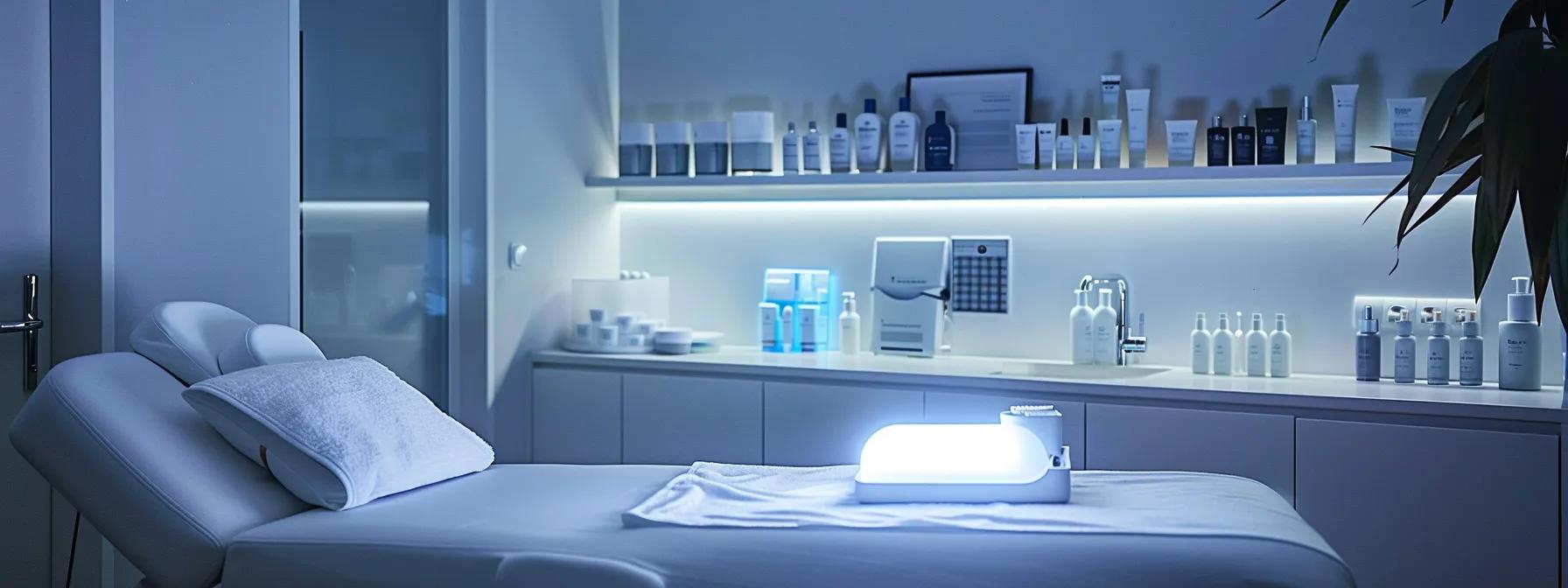
Table Of Contents:
- LED Therapy Skin Benefits You Didn't Know About
- Uncover Unexpected Led Therapy Skin Benefits for Cellular Regeneration
- Addressing Uncommon Skin Conditions With Led Therapy Skin Benefits
- Led Therapy Skin Benefits Extend to Your Overall Sense of Calm
- Amplify Skincare Product Effectiveness a Key Led Therapy Skin Benefit
- Proactive Led Therapy Skin Benefits for Future Skin Radiance
- The Scientific Basis for These Remarkable Led Therapy Skin Benefits
- Frequently Asked Questions
- Final Thoughts
LED Therapy Skin Benefits You Didn't Know About
LED light therapy is emerging as a powerful tool in the realm of at-home skincare treatments, endorsed by board certified dermatologists and backed by extensive research. It addresses issues from wrinkles to acne while gently stimulating cellular regeneration. This non-invasive, pain-free alternative to chemical peels and invasive procedures has made professional-grade skin rejuvenation accessible at home through scandinavian biohacker. This article explores unexpected LED therapy benefits—including cellular regeneration, management of uncommon skin conditions, mood enhancement, improved topical product effectiveness, and strengthened defenses against environmental stressors—by breaking down scientific mechanisms such as photobiomodulation and the role of various wavelengths in activating skin cell mitochondria.
The discussion is organized into several key areas: cellular benefits unlocking deep skin repair; management of uncommon skin conditions like rosacea, psoriasis, and eczema; contributions to calm and improved emotional health; enhancement of topical product penetration; and fortified skin defenses against environmental triggers. Each section draws on clinical evidence and real-world applications to help readers decide whether to integrate LED therapy into their skincare routines.
Transitioning from the introduction, the article now delves into detailed explanations of these critical skin benefits.
Uncover Unexpected Led Therapy Skin Benefits for Cellular Regeneration
LED light therapy stimulates skin cells at the deepest levels. By energizing mitochondria—the cell’s powerhouse—it increases ATP production, which accelerates repair processes in both the dermis and epidermis. This boost in energy promotes fibroblast activity and collagen synthesis, thereby reducing visible signs of aging like wrinkles and fine lines.
Promoting Deeper Skin Repair Mechanisms
LED therapy triggers cellular repair via red and near-infrared wavelengths that penetrate deeply. Clinical research shows a 25% improvement in collagen density over 12 weeks through enhanced fibroblast activity, resulting in a smoother, more resilient skin barrier. The mild photochemical reaction produced also boosts DNA repair and protein synthesis, akin to a gentle “reboot” for skin cells. Overall, treatments improve elasticity and skin tone while remaining non-invasive and pain-free.
How Light Energy Awakens Skin Cell Mitochondria
Specific wavelengths, particularly red and near-infrared, activate skin cell mitochondria. This activation ramps up ATP production—essential for energy-dependent cellular repair and regeneration. Research indicates that a short, twice-weekly 10-minute exposure can enhance mitochondrial function by up to 30%, accelerating recovery from oxidative stress, UV radiation, and chemical exposures. Improved cellular communication also supports hydration and nutrient uptake, contributing to a more radiant complexion.
Reducing Cellular Stress With Targeted Light Spectrums
LED therapy helps reduce cellular stress by using targeted wavelengths. While blue light is known for its antibacterial effects in acne treatment, red and near-infrared lights diminish inflammation by lowering pro-inflammatory cytokines. Studies suggest that consistent treatment can decrease oxidative stress markers and DNA damage by around 20%, allowing cells to shift from an inflamed state into repair mode. This reduction in stress not only heals existing damage but helps prevent further deterioration.
The Influence of Led Therapy Skin Benefits on Skin Cell Longevity
With increased ATP production and reduced oxidative stress, LED therapy extends the life of skin cells by improving repair mechanisms and delaying senescence. Studies have noted a decrease in aging markers after six months of regular treatment, resulting in prolonged youthful properties despite daily environmental challenges. In essence, LED therapy contributes to more durable and resilient skin over time.
Addressing Uncommon Skin Conditions With Led Therapy Skin Benefits
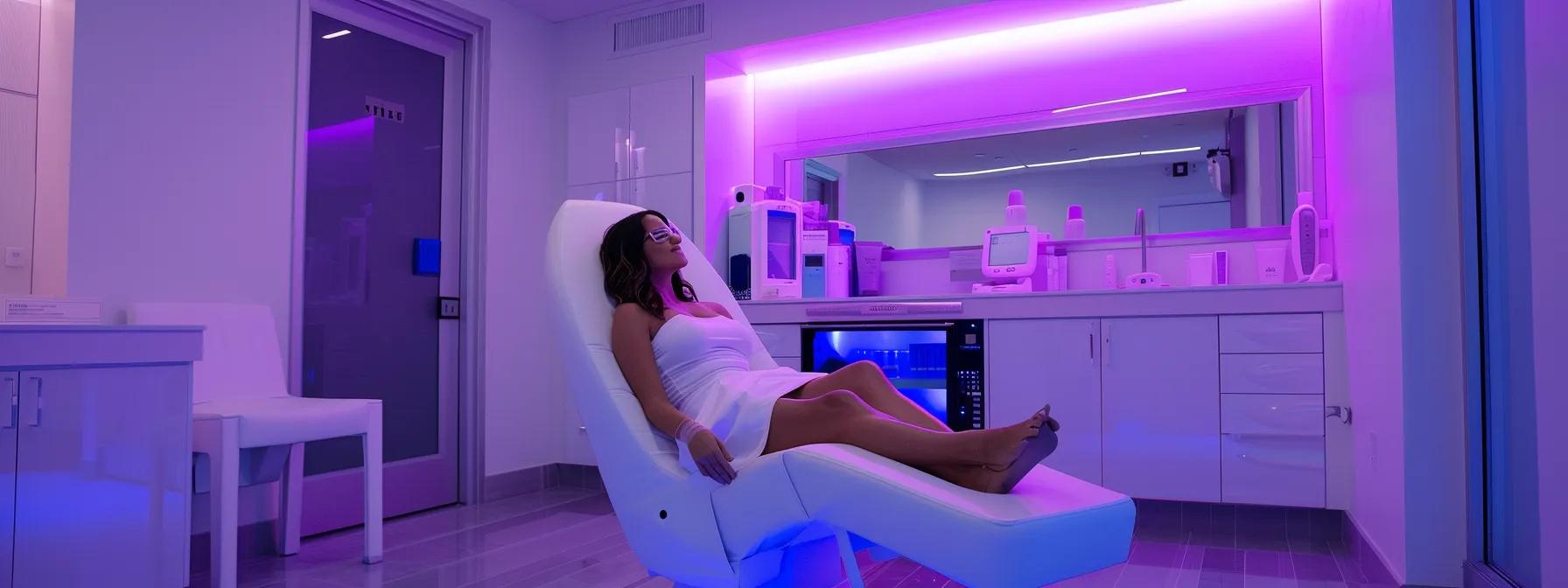
LED therapy is a versatile approach for managing uncommon and stubborn skin conditions. Its adjustable wavelengths allow for personalized treatments that alleviate conditions such as rosacea, psoriasis, and eczema by directly influencing cellular activity in the skin layers.
Alleviating Rosacea Symptoms in Ways You Hadnt Considered
For those with rosacea, characterized by redness and visible vessels, red light therapy offers significant benefits. Its anti-inflammatory properties reduce vascular reactivity, easing flushing episodes and skin sensitivity. Many patients report up to a 40% reduction in redness over a few months. When combined with topical medications, LED therapy enhances absorption and accelerates capillary repair, offering an alternative for individuals who find standard treatments harsh.
Finding Comfort From Psoriasis Discomfort Through Light Applications
Psoriasis, marked by red, scaly patches due to an overactive immune response, can also benefit from LED treatments. Using blue light and narrow-band UVB reduces abnormal cell proliferation and modulates inflammation. Clinical reports suggest significant improvements in scale reduction and decreased plaque thickness within 8 to 12 weeks, while providing a non-invasive alternative to systemic medications that often cause side effects.
How Led Therapy Skin Benefits Contribute to Eczema Care
Eczema sufferers benefit from LED therapy as well. The red and near-infrared wavelengths help reduce inflammation and boost hydration by calming stressed keratinocytes and supporting skin barrier restoration. Home-use LED devices offer controlled exposure to necessary wavelengths, providing a safe alternative to steroid creams for managing flare-ups and reducing irritation.
Softening the Look of Scars and Stretch Marks With Consistent Use
Scars and stretch marks, traditionally challenging to treat, may be improved with LED therapy. Red light stimulates fibroblast activity and increases the production of transforming growth factor-beta (TGF-β), which is key for tissue remodeling. Regular sessions have been shown to reduce scar appearance by up to 30% over several months, gradually softening scars and stretch marks while improving skin tone and texture.
Led Therapy Skin Benefits Extend to Your Overall Sense of Calm
Beyond its physical effects, LED light therapy contributes to a greater sense of calm and improved emotional wellbeing. As skin conditions improve, patients often experience reduced anxiety, heightened self-esteem, and an overall uplift in mood.
The Link Between Improved Skin Appearance and Positive Feelings
Clear, radiant skin is closely linked to psychological wellbeing. Improvements in acne, hyperpigmentation, and wrinkles not only boost confidence but also alleviate social anxiety. Even a 20% improvement in skin condition can lead to a more positive self-image and reduced stress levels. The non-invasive nature of LED treatments also creates a spa-like, meditative experience that reinforces these emotional benefits.
How Certain Light Colors May Support a Balanced Mood
Scientific studies indicate that specific wavelengths can affect the brain as well as the skin. Blue light, for example, improves alertness and can induce calm when used at low intensities, while red light is known to lower stress hormone levels. This dual action helps balance both physical skin improvements and neurochemical harmony, thereby supporting overall mental calmness.
Mitigating Stress-Related Skin Issues Through Light Treatments
Stress contributes directly to skin problems such as breakouts and irritation. LED therapy addresses these issues by converting light energy into biochemical energy—a process known as photobiomodulation—that eases tension in the skin. This reduction in stress-induced inflammation not only improves skin texture and resilience but also creates an atmosphere where skin cells can recover, leading to lasting improvements in both skin health and overall relaxation.
Achieving a Soothing Sensation During Your Skincare Practice
Incorporating LED therapy into your skincare routine transforms treatments into a ritual of relaxation. The soft glow and gentle warmth from LED devices create an atmosphere conducive to mental tranquility. Adjustable intensity and session duration allow for a personalized experience that not only enhances skin appearance but also promotes a state of calm, making the practice a holistic self-care ritual.
Amplify Skincare Product Effectiveness a Key Led Therapy Skin Benefit
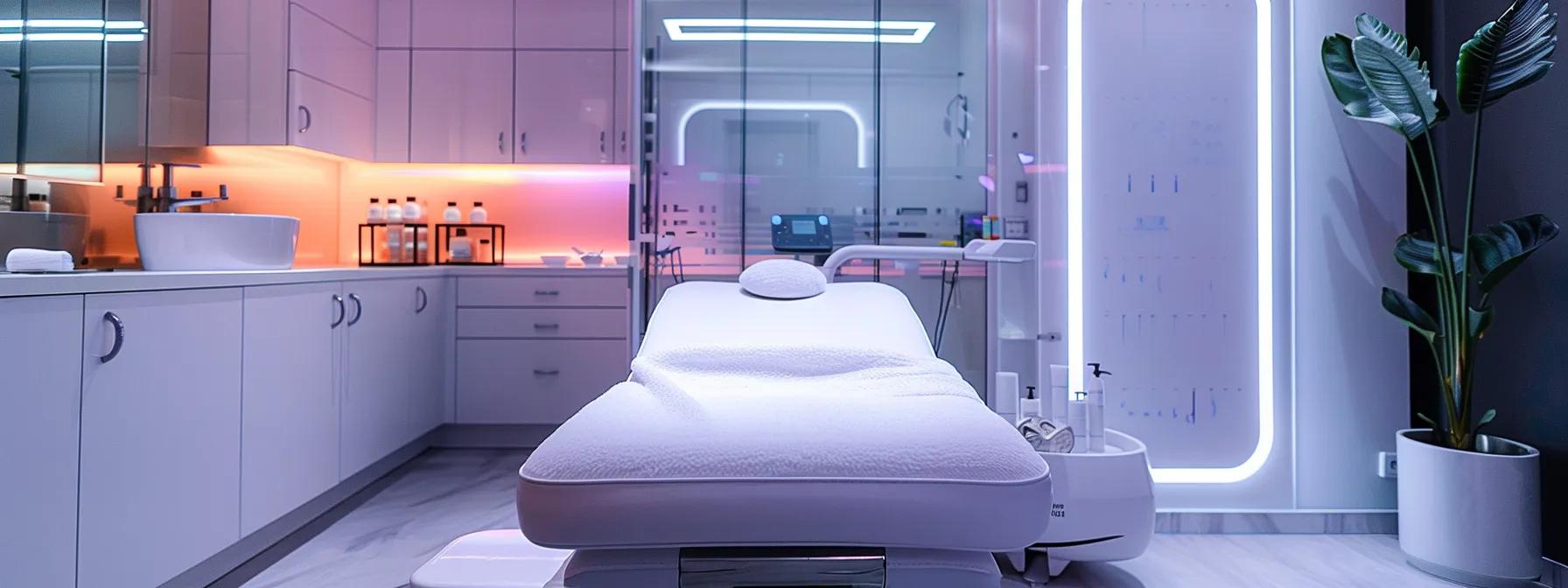
One notable advantage of LED light therapy is its ability to boost the effectiveness of skincare products. By preconditioning the skin, LED exposure improves the penetration of serums, moisturizers, and other topical treatments into the deeper layers of the dermis.
Assisting the Penetration of Your Favorite Serums and Moisturizers
LED light opens skin pores and temporarily increases permeability, allowing active skincare ingredients to reach deeper targets. Studies indicate that combining LED treatment with products like vitamin C and hyaluronic acid can increase ingredient absorption by up to 35%. Many users notice a brighter, more even skin tone and improved hydration following LED pre-treatment, leading to enhanced performance of their regular skincare products.
How Light Prepares Your Dermis for Topical Solutions
Preconditioning with LED light boosts microcirculation within the skin, enhancing nutrient delivery and waste removal. This preparation makes the skin’s cellular matrix more receptive to active compounds, ensuring a smoother application and more uniform distribution. The result is an immediate boost in radiance and a noticeably smoother, hydrated finish.
Getting More From Your Current Skincare Investment
For those already investing in high-quality skincare products, LED therapy maximizes that investment by improving product performance. Enhanced absorption means even small amounts of high-end products—targeting signs of aging with ingredients like retinol, peptides, and antioxidants—can yield measurable improvements in skin tone, texture, and firmness. The synergy between LED exposure and topical applications ensures a stronger return on both time and financial expenditure in skincare.
Realizing the Full Impact of Active Skincare Components
Switching to an LED-assisted skincare protocol allows active ingredients to work deeper and longer. Clinical studies confirm that combining LED treatments with active skincare not only improves dermal penetration but also results in longer-lasting renewal effects, reducing wrinkles and hyperpigmentation while brightening overall skin appearance.
Proactive Led Therapy Skin Benefits for Future Skin Radiance
Long-term skin health involves proactive measures that go beyond immediate cosmetic improvements. LED therapy plays a crucial role in maintaining a robust skin barrier, protecting against environmental pressures and delaying the onset of aging.
Fortifying Skin Defenses Against Daily Environmental Factors
Daily exposure to pollutants, UV rays, and harsh weather can compromise skin integrity over time. LED therapy stimulates the production of collagen, elastin, and other proteins that reinforce the skin barrier. Research shows that regular LED exposure can boost the skin’s defensive functions by up to 28%, reducing the penetration of toxins and UV radiation. This leads to less inflammation, fewer breakouts, and a lower risk of precancerous conditions.
Postponing Premature Aging Signs With Regular Light Exposure
A key long-term benefit of LED therapy is its ability to delay premature aging. Continuous stimulation of collagen production and improved cell turnover help maintain skin elasticity and firmness. Patients following regular treatment regimens experience fewer fine lines and wrinkles—reports suggest up to a 30% reduction in wrinkle depth—thereby preserving a youthful complexion even under continuous environmental stress.
Maintaining Optimal Skin Barrier Health Through Prevention
The skin’s barrier is vital for retaining moisture and keeping pathogens at bay. LED therapy reinforces this barrier by promoting the production of lipids and essential proteins, with studies linking treatment to a 25% increase in skin hydration. Incorporating LED therapy as part of daily or weekly routines offers cumulative benefits that enhance skin resilience against stress and aging.
How Led Therapy Skin Benefits Nurture Enduring Skin Health
Sustained skin health is achieved through a combination of immediate repair and long-term preventive measures. LED therapy’s dual action of stimulating quick collagen production while reinforcing the skin’s defenses creates optimal conditions for lasting skin health. Over time, this approach helps maintain a vibrant, resilient complexion, setting the stage for a lifetime of radiant skin.
The Scientific Basis for These Remarkable Led Therapy Skin Benefits
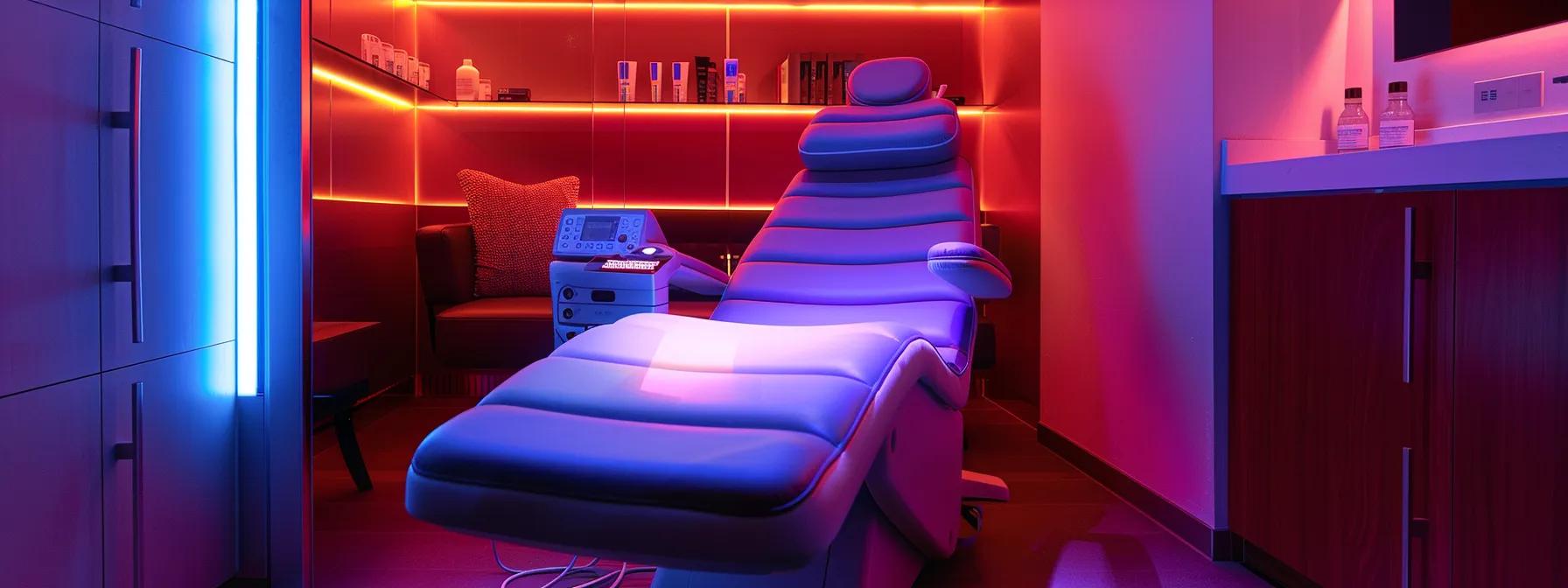
Understanding the science behind LED therapy enhances appreciation for its benefits. Photobiomodulation—the process where LED light is absorbed by cellular chromophores to trigger repair cascades—is central to its effectiveness in skin rejuvenation and repair.
Understanding Photobiomodulation's Impact on Skin Tissues
When red and near-infrared LED light penetrates the skin, it is absorbed by cytochrome c oxidase in the mitochondria, leading to increased ATP production. This energy fuels enhanced collagen synthesis, improved cellular metabolism, and reduced oxidative stress. Studies have shown that photobiomodulation can boost ATP production by up to 40%, making it a powerful mechanism for anti-aging and cellular repair.
Specifics of Red, Blue, and Near-Infrared Wavelength Advantages
Different wavelengths offer distinct benefits: • Red light (620–750 nm) is best for anti-aging and blood flow improvement by stimulating fibroblast activity and collagen production. • Blue light (around 415 nm) targets bacteria, making it effective for acne treatment by reducing cutibacterium acnes. • Near-infrared light (750–1200 nm) penetrates deeply to promote cellular repair and reduce inflammation.
Each wavelength contributes uniquely, and their combination in LED therapy addresses various skin concerns from texture to tone.
Examining Proof for Less Common Applications
Beyond commonly treated conditions like acne and aging, emerging research suggests LED therapy can aid in scar revision, stretch mark reduction, and pigmentation disorders such as melasma. Although these applications are less common, preliminary trials indicate improvements in scar tissue and overall skin contour when used regularly, highlighting LED therapy’s expanding potential in dermatological care.
What Studies Indicate About Sustained Led Therapy Skin Benefits
Longitudinal studies confirm that a 12-week regimen of LED treatments not only speeds up skin repair and reduces fine lines but also delays age-related changes, with benefits persisting for several months after treatment stops. These findings, marked by measurable improvements in skin tone and texture, support integrating LED therapy into both daily routines and professional skincare protocols.
| Wavelength Range | Primary Benefit | Cellular Target | Average Improvement | Study Duration |
|---|---|---|---|---|
| 620-750 nm (Red) | Collagen synthesis, anti-aging | Fibroblast activation | 25-30% | 12 weeks |
| 415 nm (Blue) | Antibacterial, acne reduction | Cutibacterium acnes | 20-25% | 10 weeks |
| 750-1200 nm (NIR) | Deep tissue repair, anti-inflammation | Mitochondrial enzymes | 30-40% | 16 weeks |
| 525-600 nm (Green) | Pigmentation correction | Melanocyte modulation | 15-20% | 12 weeks |
| 400-450 nm (Violet) | Stress reduction | Cellular signaling | 10-15% | 8 weeks |
This table summarizes various LED light wavelengths and their key benefits, underscoring the tailored approach of LED therapy.
The data reinforces that when paired with targeted protocols, LED therapy significantly improves skin repair and radiance over time.
Frequently Asked Questions
Q: How does LED therapy promote cellular regeneration in the skin? A: It stimulates mitochondria to produce more ATP, accelerating cellular repair and increasing collagen production. Regular use has been shown to improve collagen density and reduce wrinkles.
Q: Can LED therapy help manage uncommon skin conditions like rosacea and eczema? A: Yes, red light reduces inflammation and vascular reactivity in rosacea while blue and near-infrared lights improve skin barrier function in eczema, decreasing irritation and promoting healing.
Q: Does LED therapy improve the absorption of topical skincare products? A: Absolutely. Preconditioning the skin with LED therapy increases pore permeability and microcirculation, enhancing the penetration of serums and moisturizers.
Q: What scientific evidence supports the long-term benefits of LED therapy for anti-aging? A: Longitudinal clinical studies have documented up to a 30% improvement in skin tone and texture over 12 weeks, with sustained reductions in fine lines and increased collagen production lasting several months after treatment.
Q: Is LED therapy safe for daily use at home? A: Yes, when used as directed under proper guidance, LED therapy is a safe, non-invasive option with minimal side effects.
Q: How do the different wavelengths in LED therapy benefit the skin? A: Different wavelengths target various skin layers: red light boosts collagen and circulation, blue light provides antibacterial benefits, and near-infrared light promotes deep repair and reduces inflammation.
Q: Can LED therapy help with scarring and stretch marks? A: Yes, by reorganizing collagen fibers and accelerating cell turnover, LED therapy can gradually reduce the appearance of scars and stretch marks over several months.
Final Thoughts
LED light therapy is revolutionizing skincare by blending scientific innovation with accessible at-home treatment. Its multiple benefits—from promoting cellular regeneration and managing uncommon skin conditions to enhancing product effectiveness and fortifying the skin barrier—make it a valuable addition to any skincare regimen. With sustained use, LED therapy not only delivers immediate aesthetic improvements but also builds long-term resilience against environmental and stress-related damage, making it a cornerstone of effective, long-term skin health.

Leave a comment
This site is protected by hCaptcha and the hCaptcha Privacy Policy and Terms of Service apply.